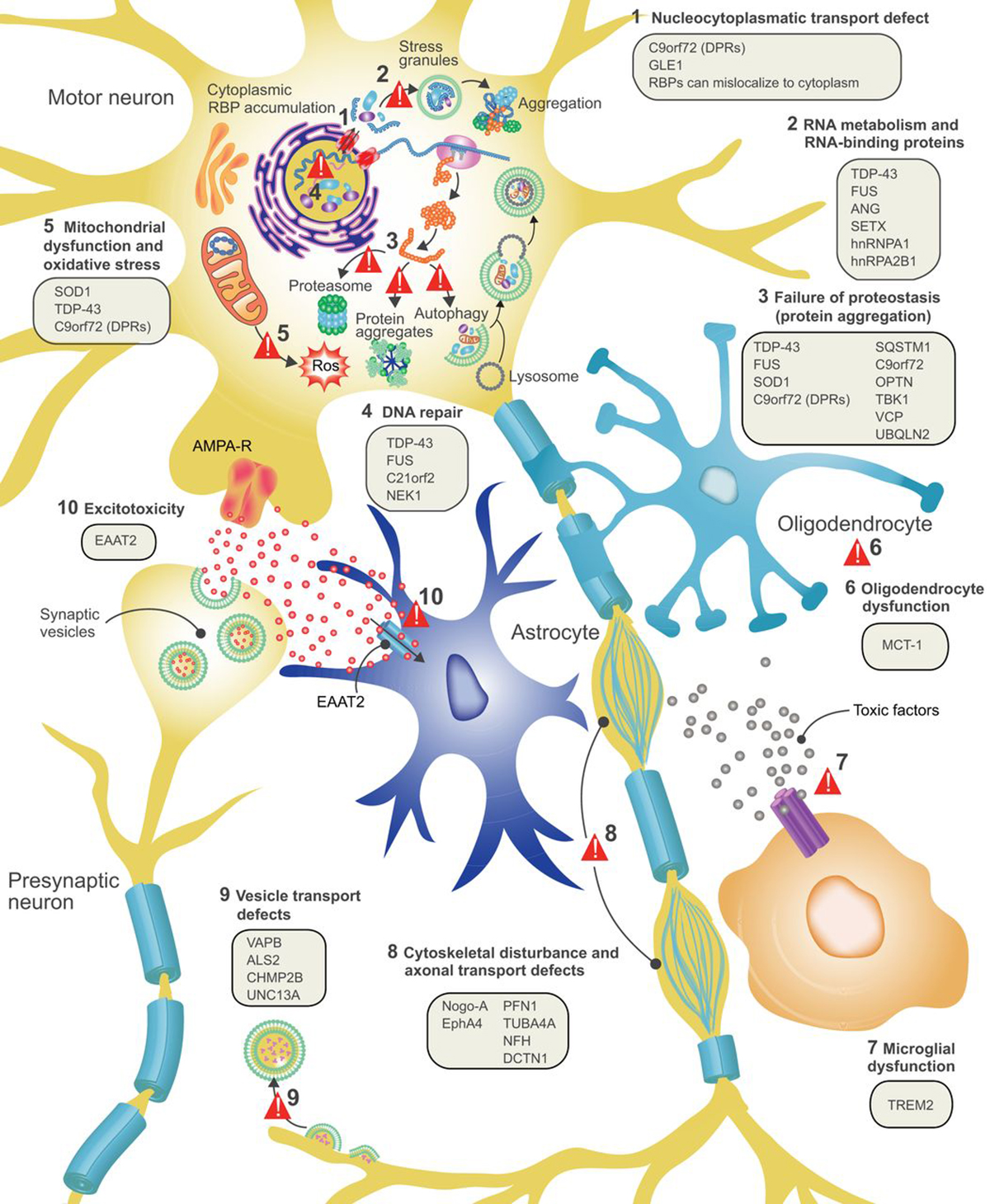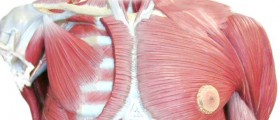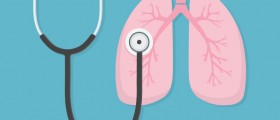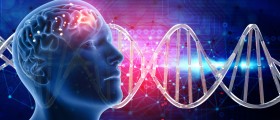
ALS Symptoms
Amyotrophic lateral sclerosis is also known as ALS or LouGehrig’s disease. This is a progressive and fatal motor neuron disease thataffects the neurons that control voluntary muscles.
Patients suffering from ALS experience weakness and many differentmuscle problems. Usually, they lose the ability to move a hand or a leg atfirst, and then the disease progresses, causing problems with legs, arms andcomplete body.
Motor neurons link nervous system (the brain) and voluntarybody muscles. With the disease, these muscles rapidly weaken. First symptoms maybe cramping and stiffness of the muscles, weakness of arm or leg muscles,speech difficulties (dysarthria) orproblems with swallowing (dysphagia )or chewing food. Some patients experience hyperreflexia (sometimes also knownas the Babinski’s sign), muscle weakness and twitches of muscles under the skin(fasciculations).
Advanced stages of the disease bring inability to move (arms,legs and body), walk and eat normally. Patients often experience anxiety anddepression due to the illness, and in small percent even dementia. People at endstages of ALS require the ventilatory support for breathing.
In most cases, people diagnosed with ALS survive 3 to 5years after the appearance of first symptoms. The most common cause of death inthese patients is respiratory failure. However, some 10% of all ALS patientssurvive for more than 10 years.
Causes
Exact cause of this disease still remains unknown. There areseveral theories about the possible causes, including mutation of SOD31 gene,excess glutamate in spinal fluid and serum, response to antibodies (autoimmune condition),and dietary, genetic or environmental factors.
The disease is more common in men than women, usuallybetween 40 and 60 years of age. ALS can affect everyone, regardless their raceor ethnic background, and only in the USA there is about 20.000 peoplesuffering from this disease. Every year, that number increases for another5.000 newly diagnosed cases.
Diagnosis
Doctors suspect on ALS if the patient shows signs of both upperand lower motor neuron signs. There is no confirmation testing for thisdisease, and it is diagnosed by ruling out all other similar medical conditions,which can be more easily treated. Doctors might use EMG (electromyography), NSV(nerve conduction velocity) and MRI (magnetic resonance imaging) to back up orreject the diagnosis.
Sometimes, blood or urine tests or muscle biopsy might alsobe helpful.
Certain diseases show the symptoms that resemble the ALSsigns. Such conditions are: HIV (human immunodeficiency virus), HTLV (human T-cellleukemia virus), Lyme disease, MS (multiple sclerosis), or some otherneurological problems.
Treatment
Since, there is no cure for this disease, the therapy is usedto ease some of the symptoms and provide better quality of life for thesepatients.
The only medication approved so far by the FDA (Federal Drugand Food Administration) is Rilutek (riluzone). It can’t repair the damage ofmotor neurons, but some studies proved that it can prolong survival and extendthe time period without ventilation support. Potential side effects includeliver problems.
Other treatments include medical and physical therapy forthe ALS patients, speech therapy and proper nutrition (or feeding tube if/when necessary).







-And-Breathing-Problems_f_280x120.jpg)








Your thoughts on this
Loading...